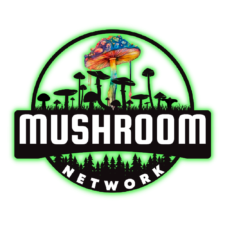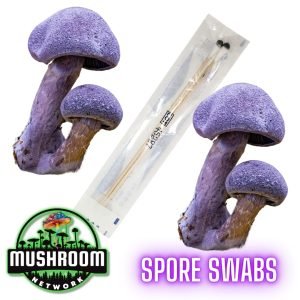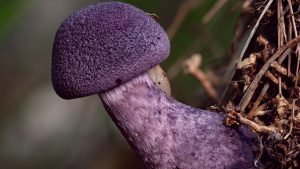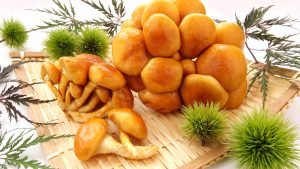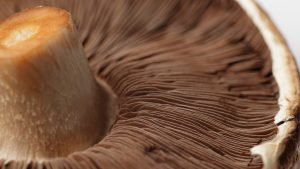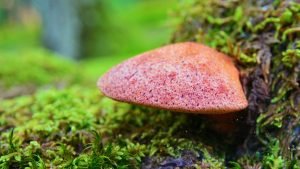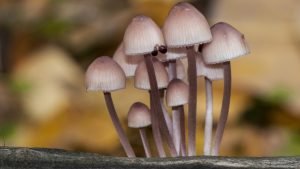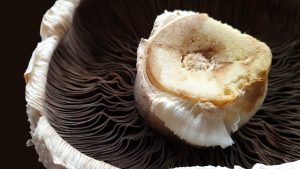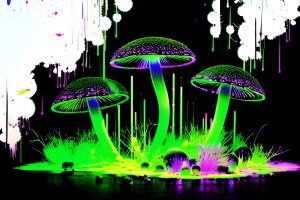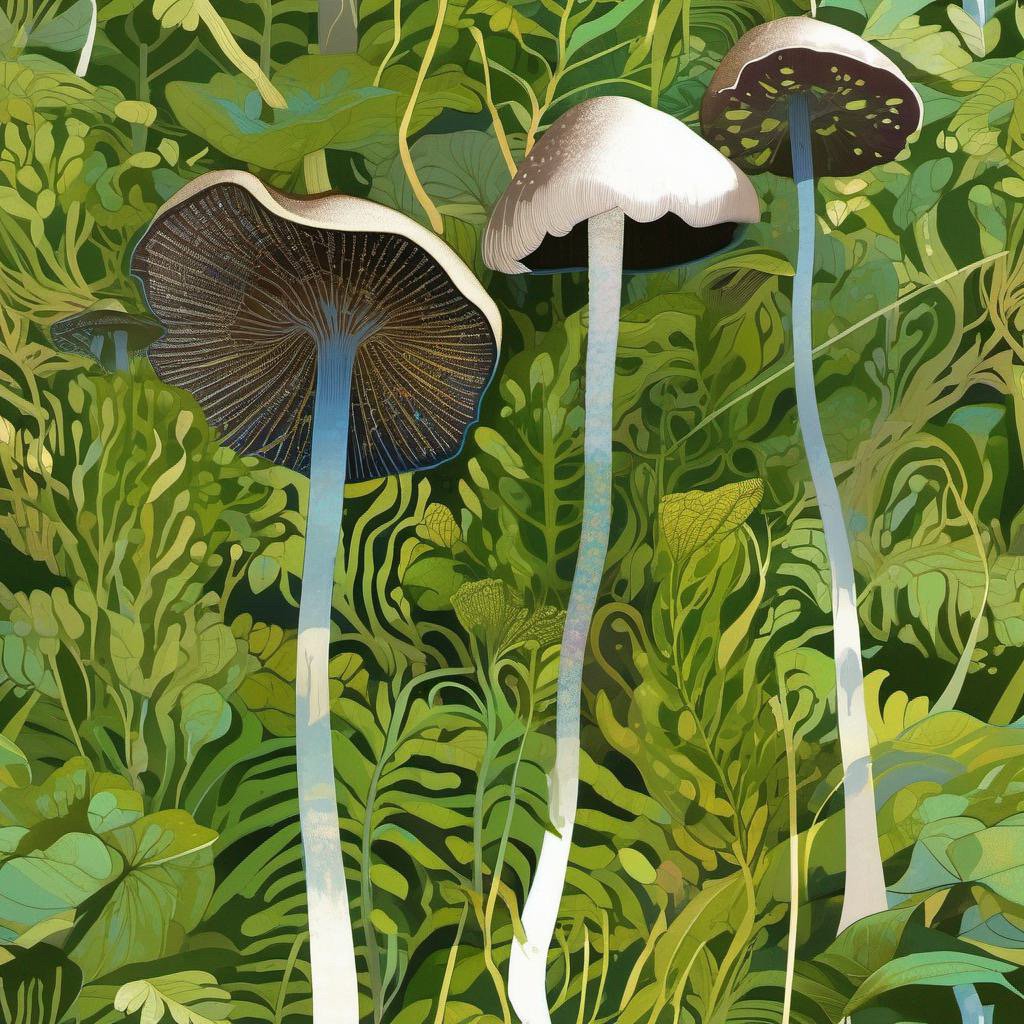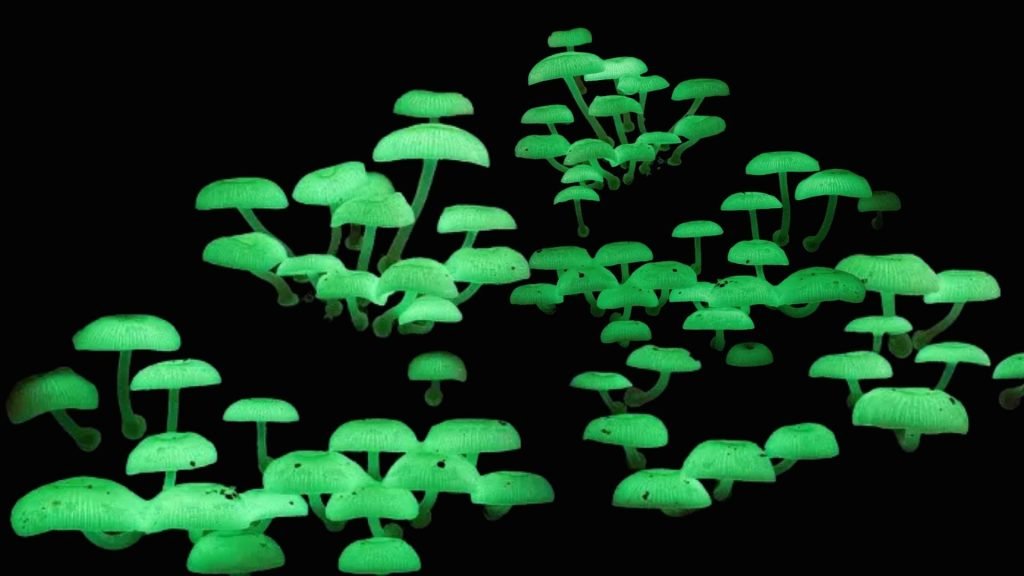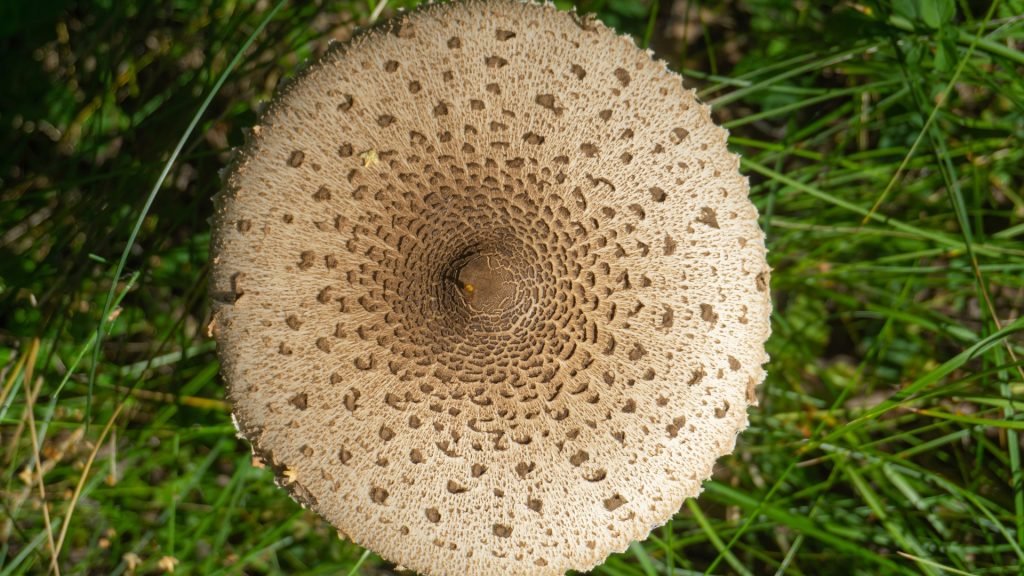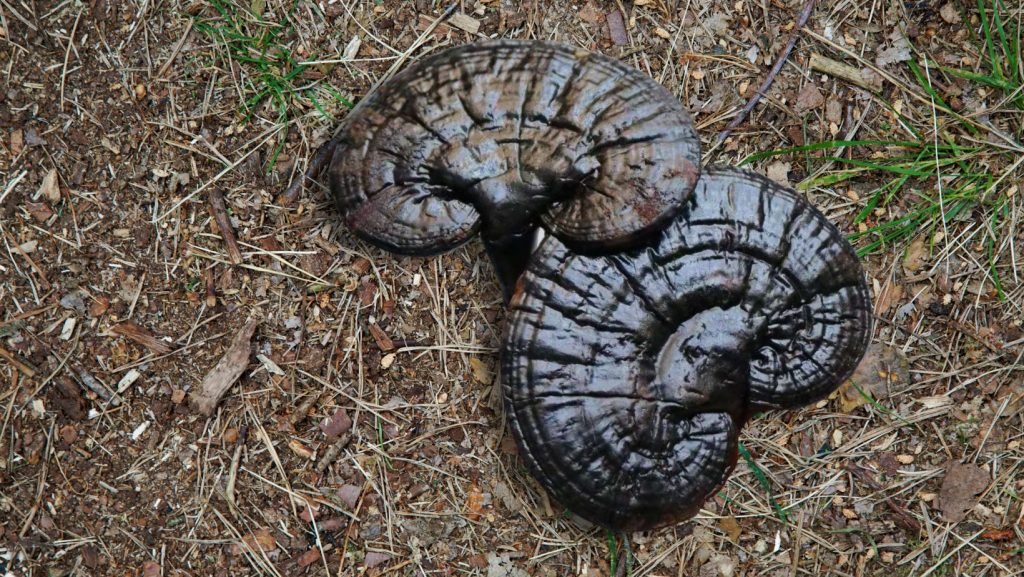Welcome to the detailed exploration of Cortinarius Violaceus, a mushroom as intriguing as it is beautiful. Let’s dive into the scientific marvels and artistic wonders of this violet treasure.
SCIENTIFIC NAME:
(Cortinarius Violaceus)
COMMON NAME(S):
Violet Webcap | Violet Cort | Amethyst Cortinarius | Purple Mystique
I-NAME:
VWEB
Founding Mycologist/Discovered By:
The discovery of Cortinarius Violaceus dates back to 1778, credited to mycologist Giovanni Antonio Scopoli. Its unique presence has captivated mycologists ever since.

RECOMMENDED TEMPERATURES
Colonizing Temps:50° – 59°F | Fruiting Temps:59° – 68°F |
SPORE COLOR:
RUSTY BROWN
Join us as we unravel the mysteries of Cortinarius Violaceus, a mushroom that not only captivates with its beauty but also holds a special place in the world of mycology. Let’s unravel the secrets of this violet enigma!
DESCRIPTION:
Cortinarius Violaceus captivates with its vibrant violet cap and stem, fading gracefully with age. The cap, ranging from 4-10 cm in diameter, displays a fibrous texture, while the stem remains sturdy and smooth. As the spores mature, the gills transition from violet to a rusty brown, adding to its distinctive appearance. The mushroom exudes a subtle, earthy fragrance, enhancing its forest floor presence.
INTENDED USES:


HABITAT AND DISTRIBUTION:
This species thrives in temperate forest regions, forming mycorrhizal relationships with coniferous and deciduous trees. It is commonly found on decaying logs and stumps, preferring moist, well-drained soils, and has a widespread distribution across North America and Europe.
ECOLOGICAL ROLE:
Cortinarius Violaceus plays a vital role in decomposing wood, contributing to nutrient cycling and maintaining forest health. Its symbiotic relationships with trees underscore its importance in woodland ecosystems.
GROWTH AND CULTIVATION:
Cultivating Cortinarius Violaceus is a formidable challenge due to its mycorrhizal nature. It requires a simulation of its natural habitat with specific substrates and a controlled environment. While not common in cultivation, its growth characteristics offer valuable ecological insights.
HISTORICAL & CULTURAL INFO:
Famed for its beauty, Cortinarius Violaceus has inspired artists and fascinated mycologists throughout history. While not prominent in folklore, its unique appearance has made it a subject of numerous nature photographs and mycological illustrations.
GENETIC LINEAGE/HISTORY:
Research on Cortinarius Violaceus is ongoing, with scientists delving into its genetic makeup and ecological interactions. This research contributes to our understanding of the Cortinarius genus and fungal relationships in forest ecosystems.
CHEMICAL COMPOSITION:
The chemical makeup of Cortinarius Violaceus, particularly its violet pigments, is a subject of ongoing scientific inquiry. Understanding these compounds could reveal ecological significance and potential applications.
MEDICAL PROPERTIES (if applicable):
Currently, there are no known medicinal properties of Cortinarius Violaceus, and it is considered potentially toxic. Ongoing research in mycology could, however, lead to new discoveries.
CULINARY USES (not recommended):
Due to potential toxicity, Cortinarius Violaceus is not used in cooking or as an edible mushroom.

CAUTIONS & WARNINGS:
It is crucial to note that Cortinarius Violaceus is potentially toxic and should not be consumed. Accurate identification is vital due to its similarity to other violet-colored mushrooms.
FINAL CONSIDERATIONS:
Exploring Cortinarius Violaceus opens up a world of ecological and mycological understanding. Visit our 🍄 Mushroom Marketplace to learn more about this and other fascinating fungal species.
Don’t forget to check out the 🍄 Mushroom Network’s Marketplace to see what’s available. But hurry, our shelves are constantly evolving, and you wouldn’t want to miss out on this wonderful mushroom. Join our growing network of Patrons, Genetics, and Mycologist Vendors only on the 🍄 Mushroom Network!
FAQs:
No, it is potentially toxic and should not be consumed.
Its consistent violet coloration, rusty brown spores, and fibrous cap texture are key identifiers.
While it is possible, cultivation for this type of fungi can be challenging due to its mycorrhizal nature and specific environmental needs. It still however makes a fascinating subject for microscopy research for mycologists of all levels!
As with countless other species in the vast fungal world, this mushroom is still under research. But to specifically answer your question “No, there are not any known medicinal benefits coming from this mushroom species and it’s even considered potentially toxic and is still under research.”
It plays a vital decomposer role and forms symbiotic relationships with trees, aiding in forest health.
MYCO-CLOSINGS:
Thank you for journeying with us into the violet world of Cortinarius Violaceus. Remember, each mushroom holds a story, a piece of ecological wonder waiting to be discovered. Keep exploring, keep learning, and join us again for more mycological adventures!
Related Articles:
Violet Webcap (Cortinarius Violaceus)
Welcome to the detailed exploration of Cortinarius Violaceus, a mushroom as intriguing as it is...
Read More...Other Mushroom Species To Research:
Nameko (Pholiota Nameko)
SCIENTIFIC NAME: (Pholiota Nameko) COMMON NAME(S): Nameko | Forest Nameko | Slimy Mushroom I-NAME: NAME...
Read More...Portobello Mushroom (Agaricus Bisporus)
Greetings, fellow mycophiles and curious minds! Welcome to a comprehensive exploration of one of the...
Read More...Beefsteak Mushroom (Fistulina Hepatica)
Welcome, fungal enthusiasts and curious minds, to an exploration of Fistulina Hepatica, commonly known as...
Read More...Bleeding Fairy Helmet (Mycena Haematopus)
Greetings, fungal aficionados and curious minds! Today, we delve into the enigmatic world of Mycena...
Read More...Other Recommended Reads:
Turkey and Mushroom Meatball Sub
Introduction: Dive into the comforting flavors of this Turkey and Mushroom Meatball Sub, where juicy...
Read More...Unlocking the Potential of Agaricus Subrufescens: A Superfood in Your Backyard
Anticipating Almond Aroma: From your backyard to your kitchen, the Agaricus Subrufescens, colloquially known as...
Read More...Mycelium Dreams: Interpreting Visions from Psychedelic Experiences
About This Article: Unlock the vault of your mind with ‘Mycelium Dreams.’ Discover why those...
Read More...Mushroom Magic: Exploring the Cultural Impact of Psychedelic Fungi
Psychedelic mushrooms, also known as magic mushrooms, have had a profound and multifaceted impact on...
Read More...Whoa there, Spore Sport! 🍄 Looks like you’re not logged in yet. Don’t you know what you’re missing? MYCO-CREDITS! Imagine all the fungal fun you could have. It’s like finding a Morel in May and not picking it. Tragic, right? Log In or Become a Myco-Patron and start racking up those credits. It’s more rewarding than finding a mushroom in your backyard! 🌟🏡
